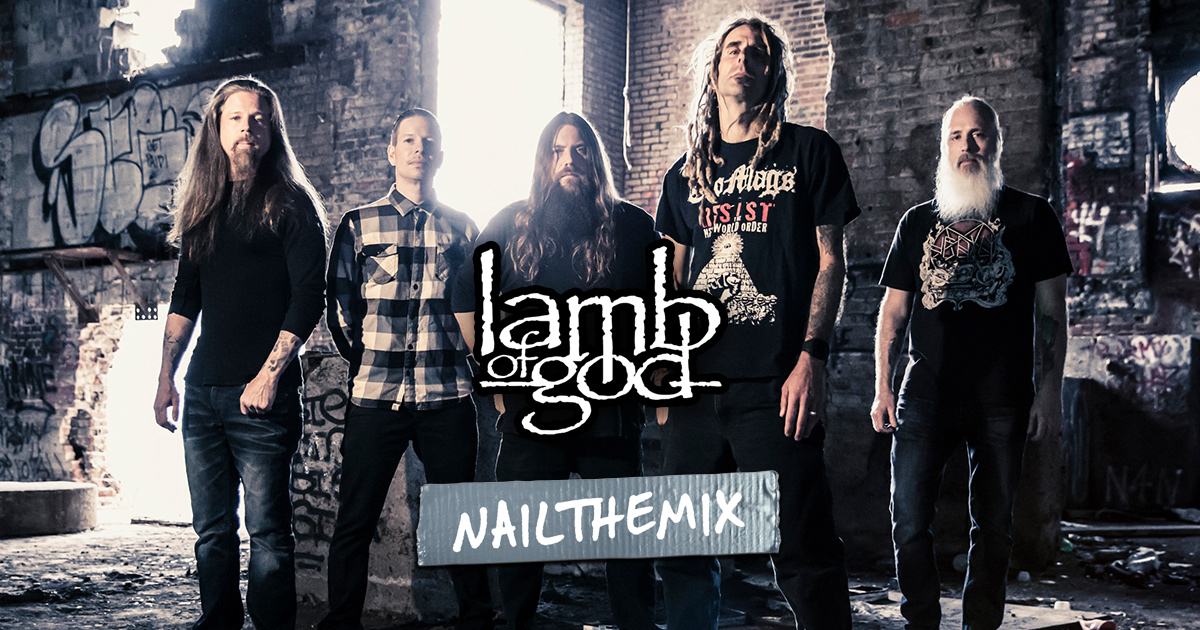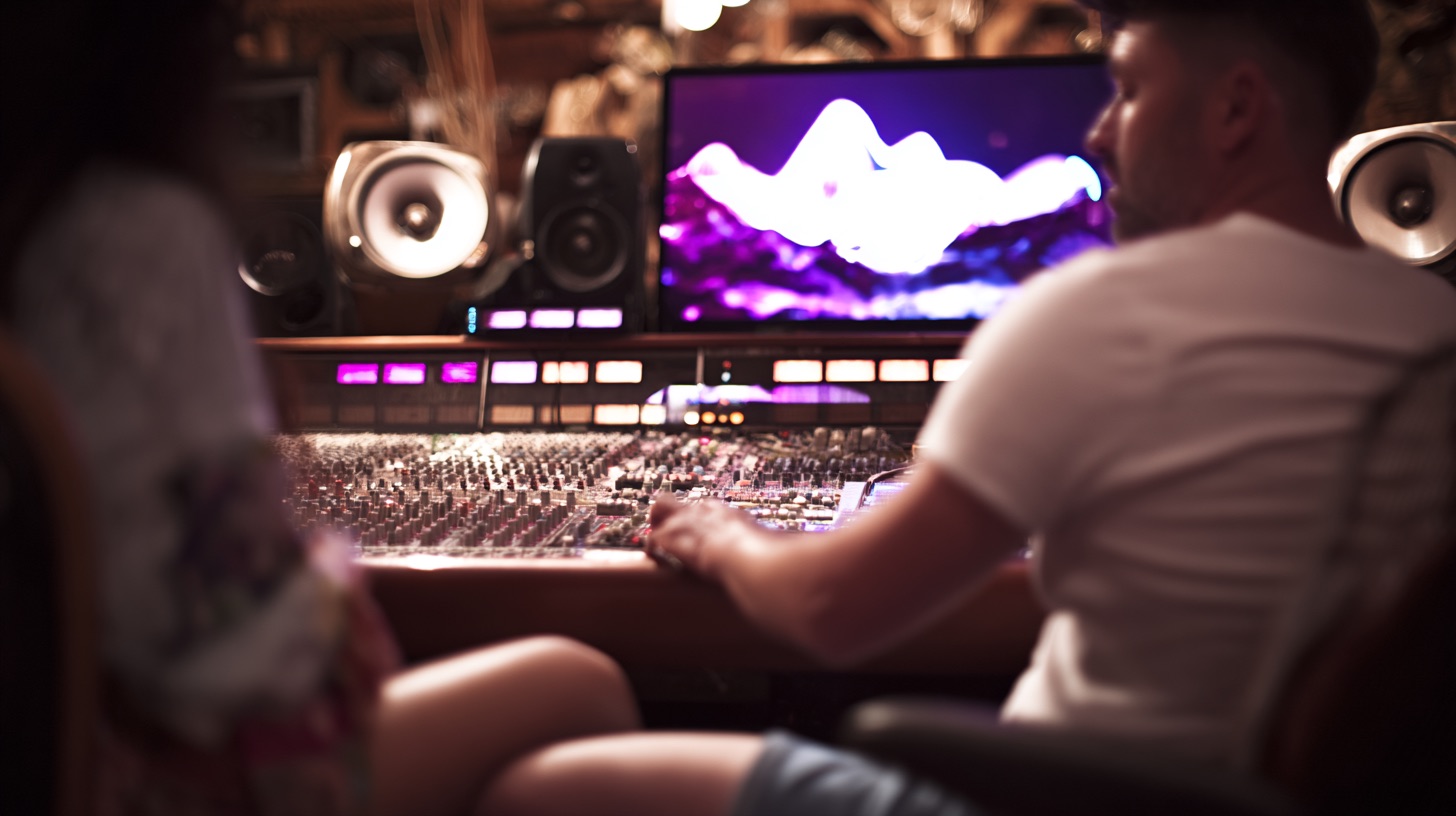
Crafting a Huge Intro: Daniel Braunstein’s Mix Tricks for Volumes
Nail The Mix Staff
In modern metal, you’ve got about 10 seconds to grab a listener before they even think about skipping. That first impression is everything. For the track “Bend,” producer Daniel Braunstein knew the intro for Volumes had to be an absolute statement piece. It needed to be dynamic, powerful, and set the stage for the entire song.
How do you mix an intro that feels massive? It’s not just about turning things up. It’s an art of contrast, clever automation, and giving every element its own space to breathe before the chaos kicks in. We’re breaking down the techniques Daniel Braunstein used to create the perfect intro, packed with actionable tricks you can use in your own mixes.
The Art of Contrast: Making Big Things Feel Bigger
The core philosophy behind this massive intro is surprisingly simple: to make the main riff feel huge, you first have to make the section right before it feel smaller. It’s all about creating dynamic contrast that makes the payoff even more satisfying. This means meticulously crafting the buildup section to feel contained, a little weird, and full of tension.
Step 1: Shrinking the Buildup
Before the main riff drops, there’s a short, atmospheric section. Daniel’s goal here was to dial it back and thin it out, so when the full band comes in, it feels like an explosion.
Master Bus Magic (Without Touching the Master)
Right off the bat, Daniel wants the intro drop to feel slightly larger than life. A quick and effective way to do this is by automating the overall level down in the section leading up to it. Instead of riding the master fader, he automates the output gain on his mix bus compressor, pulling it down by just -1dB.
Why not just use the master fader? Because he wants his Ozone mastering limiter to be hit at a consistent level for the whole song, ensuring it’s always kissing the -0.3dB true peak ceiling. Automating the mix bus before the limiter allows him to control the dynamics fed into the final stage without affecting the limiter’s behavior.
Weird and Wide Guitars
A single guitar part starts the track, and the goal is to make it sound unique and not overpower the mix. Daniel throws on RC-20 for some lo-fi character and starts it in mono. Then, for a bit of ear candy, he switches it to stereo to create some unsettling width that foreshadows the wider elements to come. He also uses a fairly steep filter to thin out the guitar, making it feel smaller and more isolated.
Juicing Up Programmed Drums
The initial drums are programmed and intentionally sound a bit small and strange. To give a small snare sample some life, Daniel uses the “Micro Warmer” to add some saturation. However, this introduces a harsh, clicky transient at the top, which he immediately shaves off with a transient shaper.
The snare is composed of two samples, and the second one has a boomy low-mid resonance. Instead of a static EQ cut, he automates an EQ to dip that frequency only when that specific sample hits. For the stompy kicks in this section, he uses an API-style compressor. By cranking the threshold and playing with the attack settings, he dials in the perfect amount of click to help them cut through without being overpowering.
Making the Drop Hit Harder
Gluing the Intro Lead Guitar
When the main riff kicks in, a lead guitar enters. Daniel immediately notices it has more midrange than anything else in the song so far. A key concept in mixing is ensuring that every part lives in the same “world.” He carves out some of that excess midrange with an EQ and lowers the overall level. This one small tweak helps the new element sit comfortably within the established sonic landscape instead of fighting it. You can learn more pro strategies to EQ modern metal to make your instruments gel.
Amping Up the Ambience (But Only When You Need It)
To give the main riff’s snare some serious impact, Daniel turns to automation. Instead of just setting the snare’s room mic level and leaving it, he automates the volume of his snare room track to ramp up specifically for the first two snare hits of the section. This makes the entrance feel explosive. After those initial hits, the room level comes back down to a more reasonable level for the rest of the part, preventing the mix from getting washed out. It’s a perfect example of using automation to create moments.
Building the Groove: The Production-Heavy Section
Giving Programmed Drums Real Power
The programmed drums that were small in the buildup now need to be front and center. Daniel tackles a kick that has some harsh, unnecessary high-end and a bit of boxiness, scooping those frequencies out with an EQ.
Because these are programmed drums, he knows he can push them in ways that might sound unnatural on a real kit. To heighten the senses and make them feel larger than life, he uses an imager to drastically widen the entire production drum bus.
The Modern Metal Secret Weapon: Side-chain Compression
To get that modern, rhythmic pulse where the kick drum punches a hole in the mix, Daniel uses side-chain compression. He sends his production kick to a dedicated side-chain bus, which then triggers a compressor on his synth bus. This makes the synths “duck” out of the way for a split second every time the kick hits, creating an undeniable sense of impact and clarity for the rhythm.
Locking Down the Low End
A solid low end is non-negotiable. Daniel notices the sub-bass is fluctuating in volume, which can make the foundation of the track feel weak. To fix this, he uses two stages of compression: first, an MV2 to bring up the low-level details and even things out, followed by a standard compressor to clamp down on the dynamics even further.
With the sub-bass level now locked in, he performs one last crucial move. He knows the electronic kick already provides a ton of sub-frequency information. To avoid a muddy mess, he EQs some of the deep sub out of the sub-bass track itself, allowing the two elements to coexist perfectly. The kick owns the deep sub-punch, and the bass provides the sustained low-mid weight. It’s this meticulous layering that creates a tight, powerful, and clean low end.
Learn to Mix Like the Pros Who Made the Record
These techniques from Daniel Braunstein’s mix of “Bend” by Volumes are the exact kind of real-world, creative decisions that separate a good mix from a great one. It’s about more than just presets; it’s about understanding contrast, automation, and how to make every single element serve the song.
Volumes on Nail The Mix
Dan Braunstein mixes "Bend"
Get the Session
Imagine having a front-row seat to watch pros like Daniel Braunstein, Will Putney, and Jens Bogren mix legendary tracks from scratch. At Nail The Mix, that’s exactly what you get. Every month, we give you the raw multi-tracks from a massive metal song and you get to watch the original producer mix it in a live, multi-hour session, explaining every plugin, EQ curve, and automation move. If you’re ready to move beyond presets, this is your chance to learn directly from the best in the business. See for yourself how these massive metal tracks are crafted from the ground up. Ready to start mixing? Join the NTM community today.
Get a new set of multi-tracks every month from a world-class artist, a livestream with the producer who mixed it, 100+ tutorials, our exclusive plugins and more
Get Started for $1





